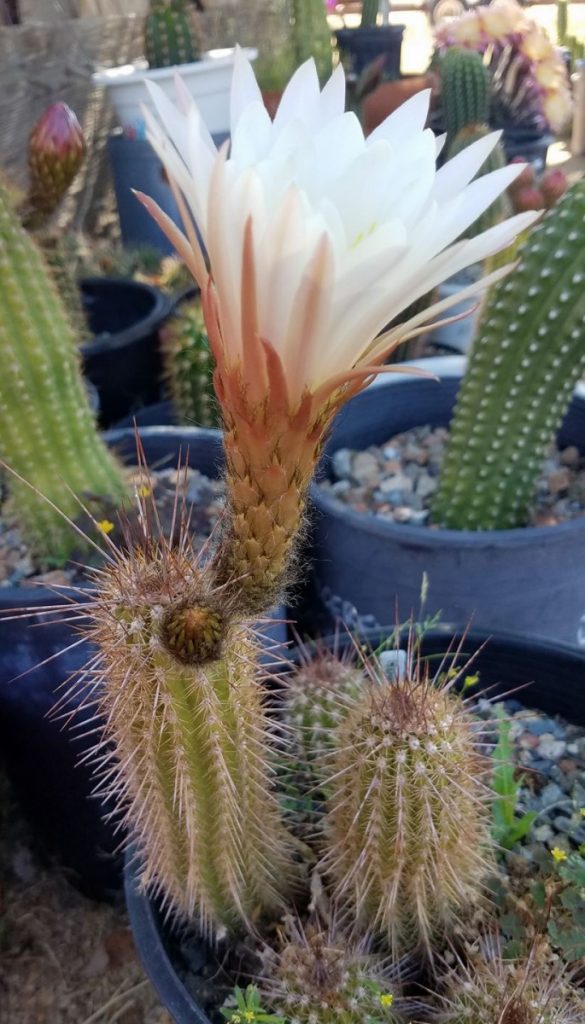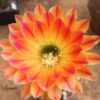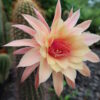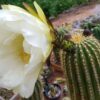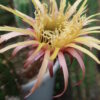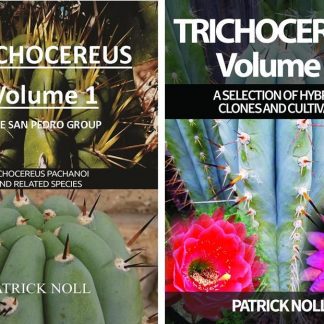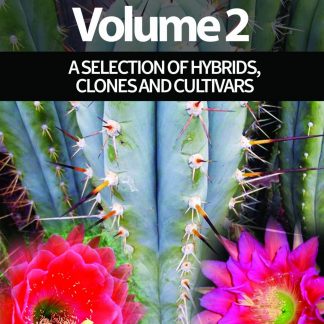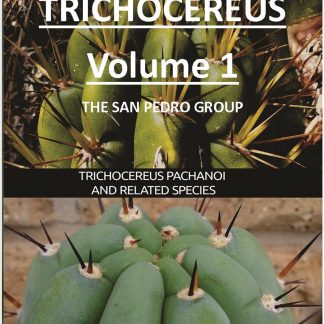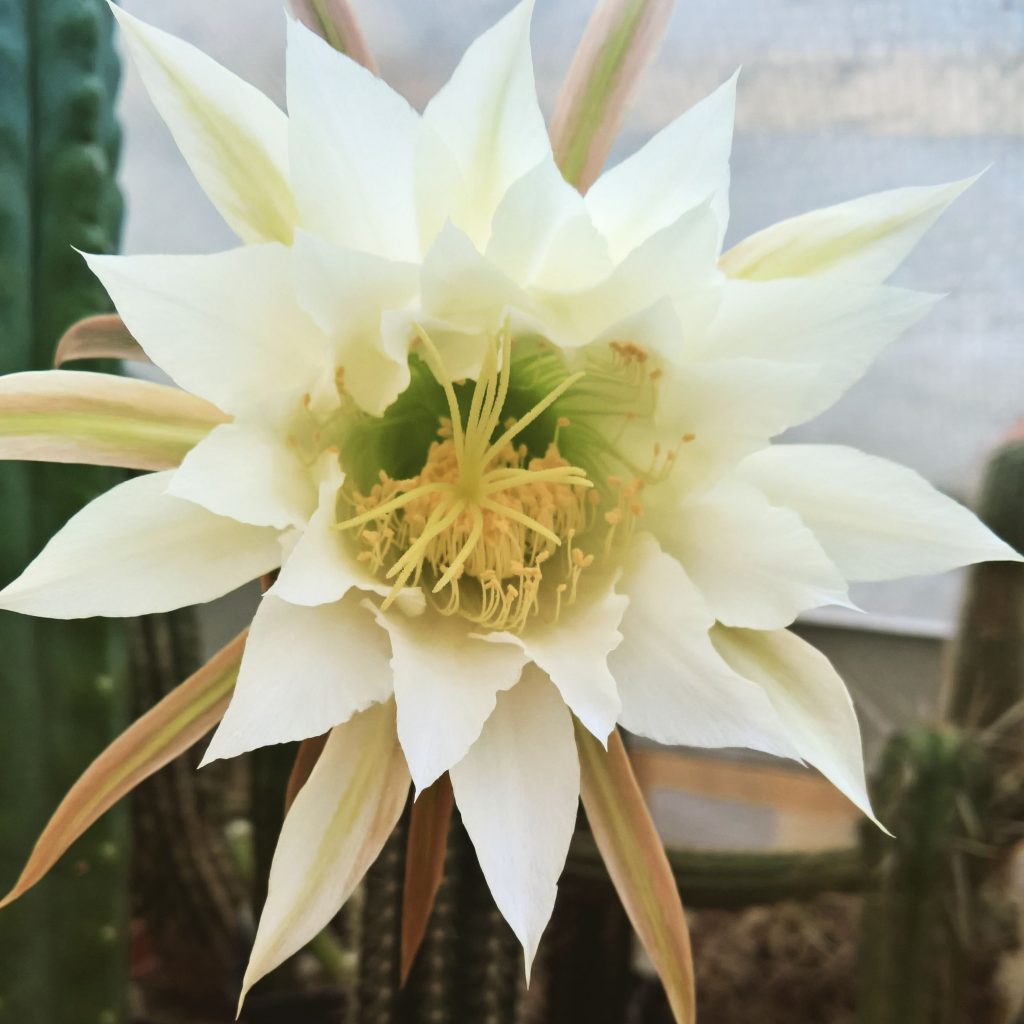
Trichocereus arboricola, Current name: Echinopsis arboricola (Kimnach) Mottram Origin: Bolivia, Argentina, Type locality: Tarija in Bolivia, 600-1000 meters altitude Trichocereus arboricola is more of an Epiphyte instead of a normal Trichocereus and is often grown like a hanging basket cactus. It often starts off as a columnar cactus, but goes prostrate as soon as it…


